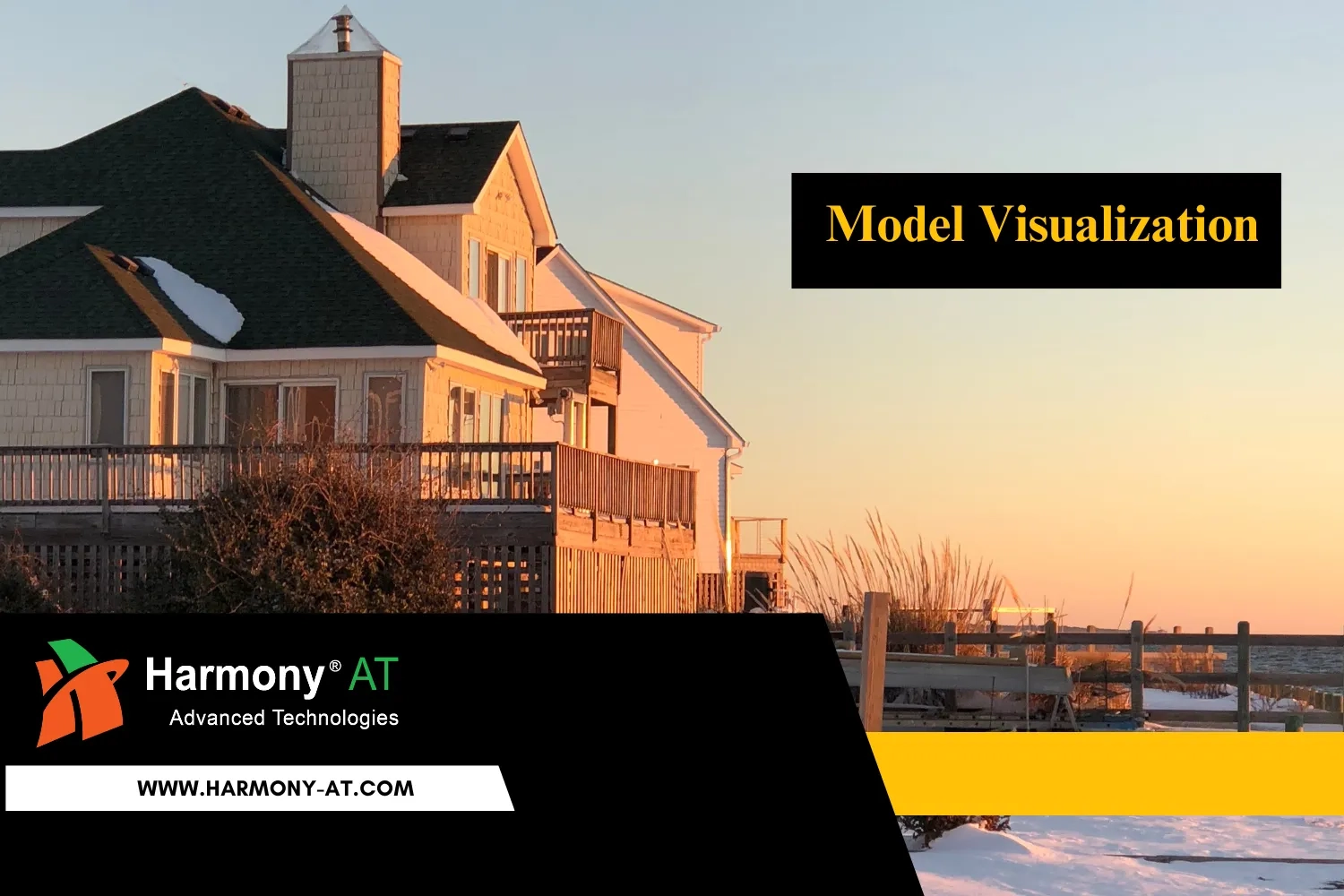Generative design solutions are redefining the landscape of architecture and construction, presenting a paradigm shift in how we conceive, design, and construct buildings. By leveraging cutting-edge algorithms and computational tools, generative design platforms, Harmony AT are empowering architects and engineers to explore an unprecedented breadth of design possibilities. With Harmony AT, you can explore a wider range of design options, optimize material usage, and push the boundaries of architectural creativity – all while ensuring the structural integrity and sustainability of your project.
Understanding of Generative Design
Generative design is a groundbreaking approach to the creation of complex designs, driven by algorithms and computational power. At its core, generative design revolves around the concept of generating numerous design iterations based on a set of input parameters and constraints, with the aim of finding optimal solutions.
Unlike traditional design methods, which typically involve manual iteration and refinement by human designers, generative design relies on automation and machine learning algorithms to explore a vast design space and uncover innovative solutions. Rather than starting with a predefined idea or form, generative design begins with a set of goals and constraints, allowing the software to iteratively generate and evaluate countless design options. This iterative process enables the discovery of design solutions that may not be immediately apparent through traditional design approaches, leading to more efficient, optimized, and often unexpected outcomes.
Benefits of Generative Design for Architecture and Construction
For architects and construction professionals, generative design offers a treasure trove of advantages that are transforming how we design and build. Here's a closer look at some of the key benefits:
Optimizing Building Form and Function
Traditionally, architects strive to balance aesthetics with functionality. Generative design takes this a step further. It analyzes factors like building purposes, environmental conditions, and desired aesthetics. It then explores a vast array of design options, identifying structures that are not only beautiful but also structurally sound, energy-efficient, and perfectly suited to their intended use.
Pushing the Boundaries of Design
Generative design breaks free from traditional design limitations. By exploring a wider range of possibilities than humanly conceivable, it can identify innovative solutions like organic shapes or complex lattice structures that might not have been considered before. This opens doors for truly unique and groundbreaking architectural feats.
Sustainable Construction Practices
Generative design excels at material optimization. It can create lighter, stronger structures using less material, which translates to significant cost savings for construction projects. Additionally, the focus on efficient material usage leads to a more sustainable design approach, minimizing environmental impact.
Faster Design Cycles and Cost Reductions
Generative design automates many repetitive tasks involved in the design process. This allows architects to explore a broader range of options quickly and efficiently. By identifying optimal solutions early on, generative design can help reduce the need for costly redesigns and revisions later in the project timeline.
Data-Driven Decision Making
Generative design provides architects with a wealth of data on different design options. This allows for informed decision making based on objective performance metrics such as structural integrity, energy efficiency, and material usage. This data-driven approach fosters greater confidence in design choices.
Harmony AT: Your One-Stop Shop for Generative Design Solutions
Harmony AT goes beyond just offering generative design algorithms. We provide a comprehensive suite of services designed to streamline the integration of generative design into your workflow, leveraging automation powered by our algorithms. Here's how Harmony AT empowers you:
Expert Generative Design Consulting
Harmony AT's team of specialists dives deeply with you to understand your project's goals, challenges, and constraints. We then advise on how generative design, fueled by our algorithms, can be most effectively applied to achieve optimal results.
Seamless Workflow Integration
Harmony AT understands the importance of fitting generative design into your existing design process. We'll help integrate our automated tools seamlessly, ensuring a smooth and efficient experience without requiring a complete overhaul of your current workflow.
Model Creation and Analysis Powered by Automation
Harmony AT's team assists in creating the initial design models and parameters. Our advanced algorithms then take over, automating the exploration of a vast design space. The team analyzes the generated data to identify the most promising solutions that meet your needs.
Performance Optimization with Algorithmic Support
Don't worry about fine-tuning solutions. We leverage our algorithms to refine and optimize the generated designs. This ensures they meet all performance requirements, including structural integrity, material efficiency, and sustainability goals.
Collaborative Generative Design Journey
Harmony AT prioritizes open communication and collaboration throughout the process. We keep you informed and involved at every step, ensuring you're a partner in the generative design journey, not just a recipient of the solution.
Experience the transformative power of generative design with Harmony AT today and unlock limitless possibilities for innovation in your projects. Embrace the future of design automation and elevate your creative process with Harmony AT's advanced algorithms and intuitive solutions.
Challenges and Solutions in Generative Design for Architecture and Construction
Generative design offers a revolutionary approach to architecture and construction, but it's not without its hurdles. Here's a look at some key challenges and how Harmony AT helps overcome them:
Challenge: Data Quality
Generative design algorithms rely heavily on the quality and accuracy of the data they're fed. Inaccurate data can lead to suboptimal or even nonsensical design solutions.
Solution: Harmony AT's team works closely with you to ensure your design goals, constraints, and relevant data are accurately captured and incorporated into the generative design process.
Challenge: Interpreting the Vast Design Landscape
Generative design can produce a massive amount of design variations. Sifting through this data and identifying the most promising solutions can be overwhelming for architects.
Solution: Harmony AT's services leverage advanced filtering and analysis tools to narrow down the design options based on your specific criteria. Their team also assists in interpreting the data and identifying the solutions that best meet your project needs.
Challenge: Balancing Automation with Human Expertise
While generative design automates many tasks, human creativity and expertise remain crucial. Finding the right balance between automation and human input is essential.
Solution: Harmony AT views generative design as a collaborative process. Their services empower architects to maintain control throughout the journey, allowing them to refine search criteria, prioritize design goals, and ultimately select the solution that best aligns with their vision.
Challenge: Integration with Existing Workflows
Adopting a new design approach can disrupt existing workflows. Seamless integration of generative design tools into current design environments is crucial for user adoption.
Solution: Harmony AT prioritizes user experience. Their services are designed to integrate seamlessly with existing design software, minimizing disruption and allowing architects to leverage the power of generative design within their familiar workflow.
By acknowledging the challenges and offering solutions like data validation, data filtering, collaborative workflows, seamless integration, and transparency, Harmony AT empowers architects and construction professionals to navigate the generative design landscape effectively. This allows them to leverage the full potential of this transformative technology and design better buildings, faster, and with greater confidence.
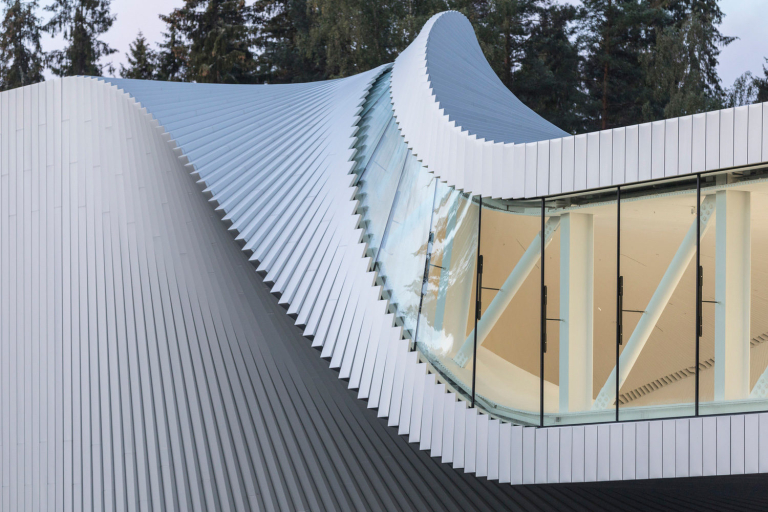
Instances of Generative Design Projects Worldwide
Here are some examples of generative design projects worldwide that show their benefits in architecture:
The Edge - Amsterdam, Netherlands
The Edge is often called the "greenest office building in the world." Deloitte, the company that built it, worked with the OVG Real Estate architecture firm and sustainability experts. They used generative design to make the building use energy well, make it comfortable for people inside, and be eco-friendly. The result is a smart building that manages its own energy and has efficient lighting, heating, and cooling systems.
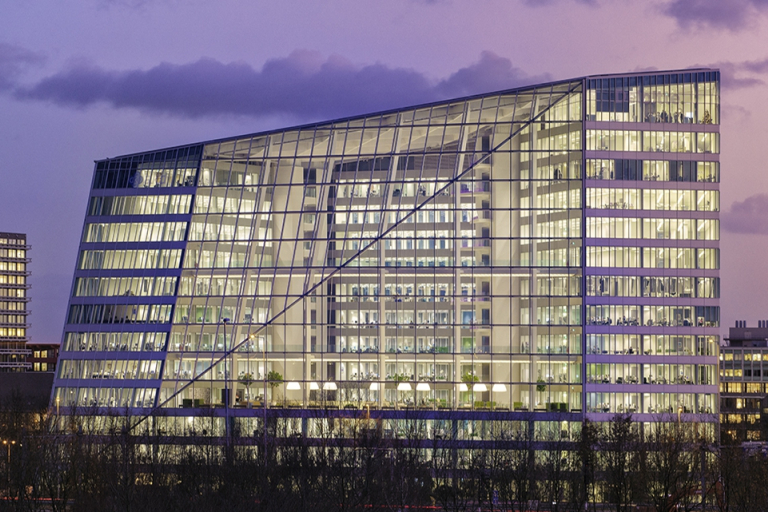
Auckland Airport - New Zealand
Auckland Airport's International Terminal is a good example of how generative design can change an airport terminal. The design company Gensler used computer programs to make the terminal better. They made it easier for passengers to move around, reduced the distance they have to walk, and made the whole experience better for travelers. The result is a terminal that works well and looks nice.
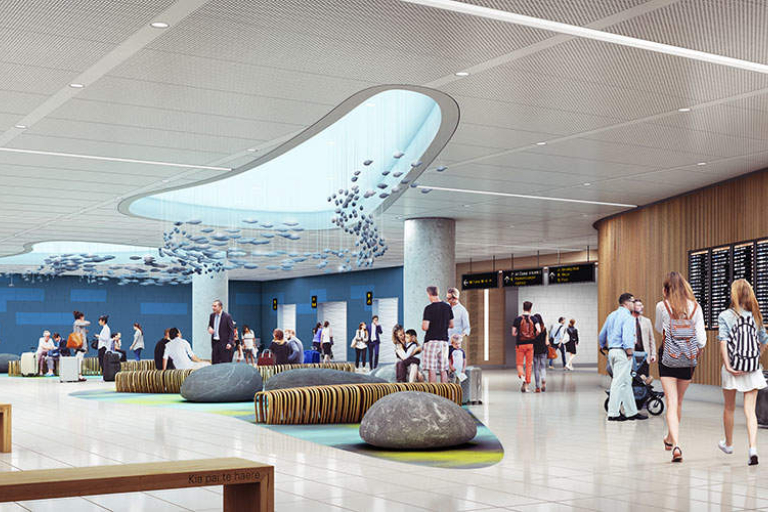
Beijing's Bird's Nest Stadium - China
The famous Bird's Nest Stadium, made for the 2008 Beijing Olympics, used generative design ideas to make its complicated structure. Architects Herzog & de Meuron worked with engineers and used computer programs to find the best way to build the stadium's steel structure. This made the stadium look amazing and be very strong.
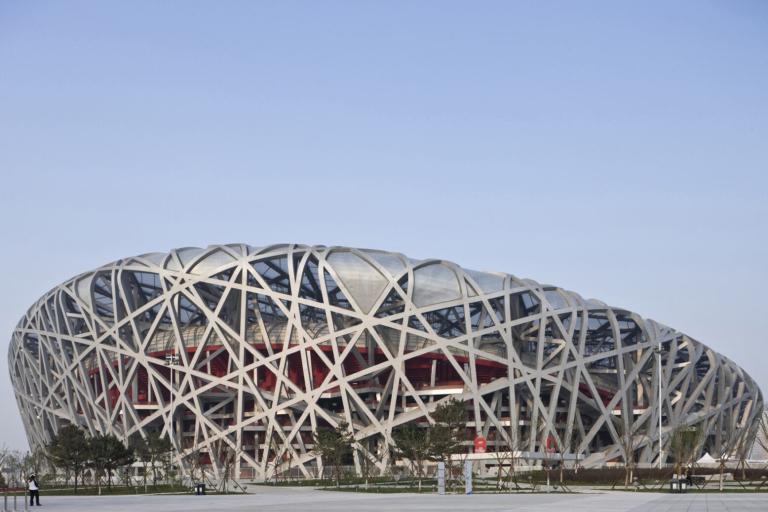
MX3D Bridge - Amsterdam, Netherlands
The MX3D Bridge is a groundbreaking project that shows how we can use generative design and 3D printing to make things in construction. MX3D, Joris Laarman Lab, and Arup worked together to design this bridge. They used computer programs to think about how the bridge should be strong and look good. Then, they printed the bridge in parts and put it together where it needed to go. This project proves that generative design can work for big construction jobs.
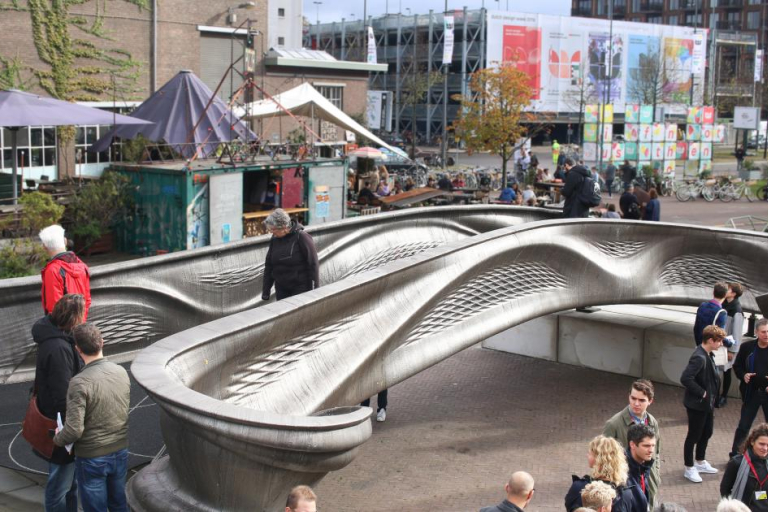
Categories

